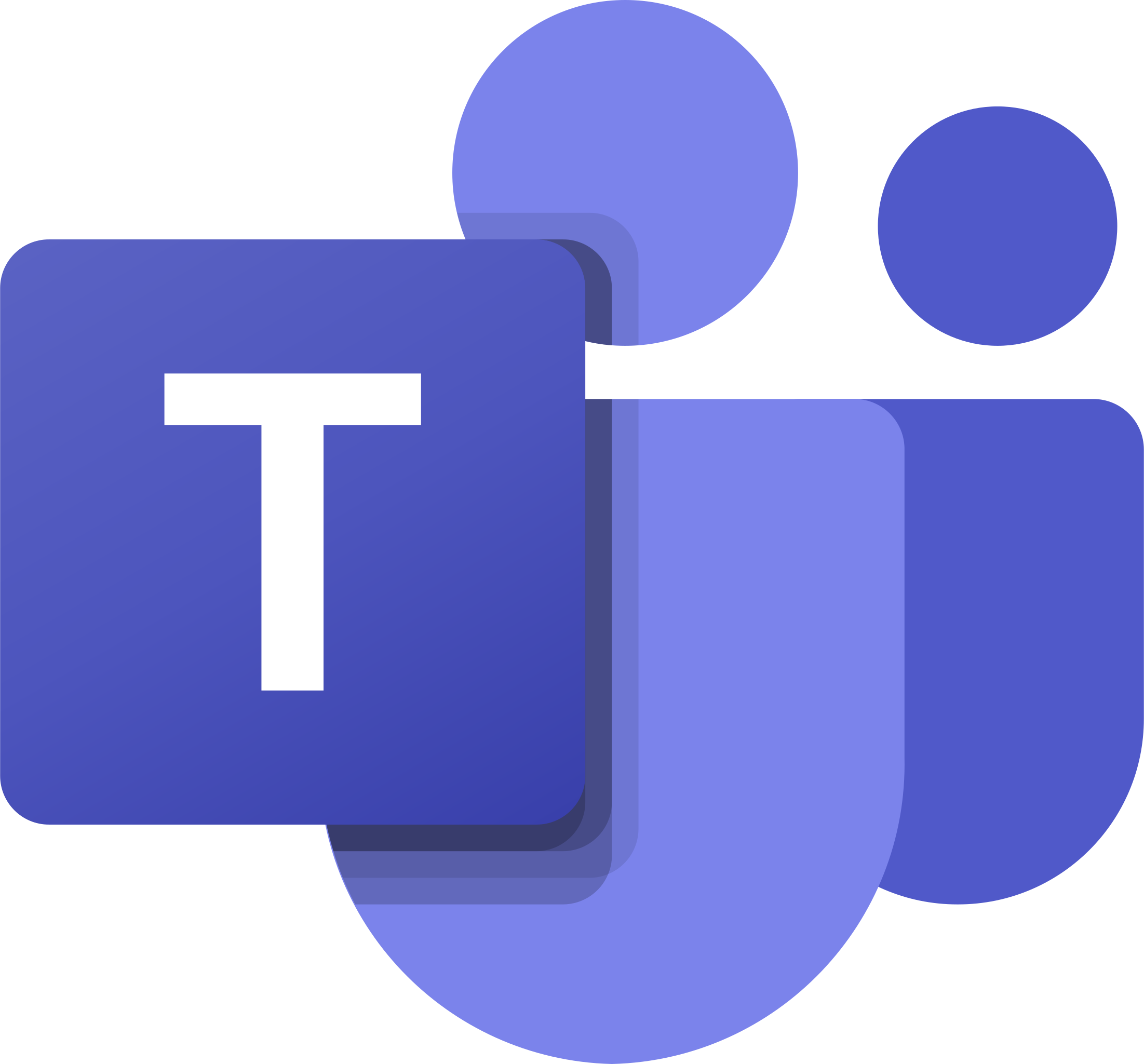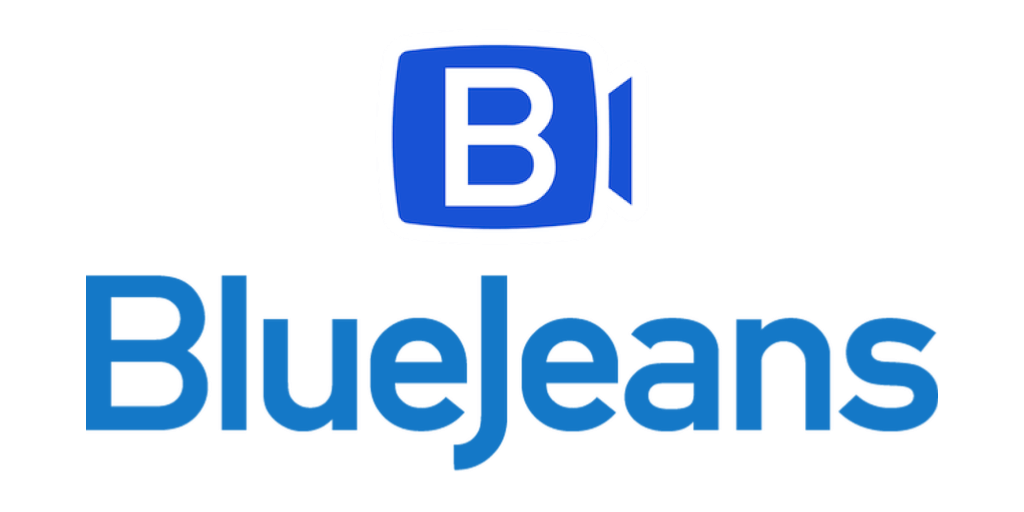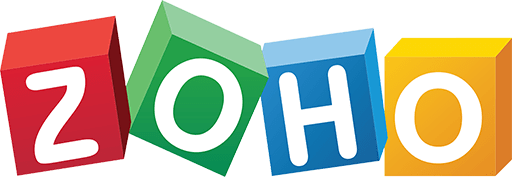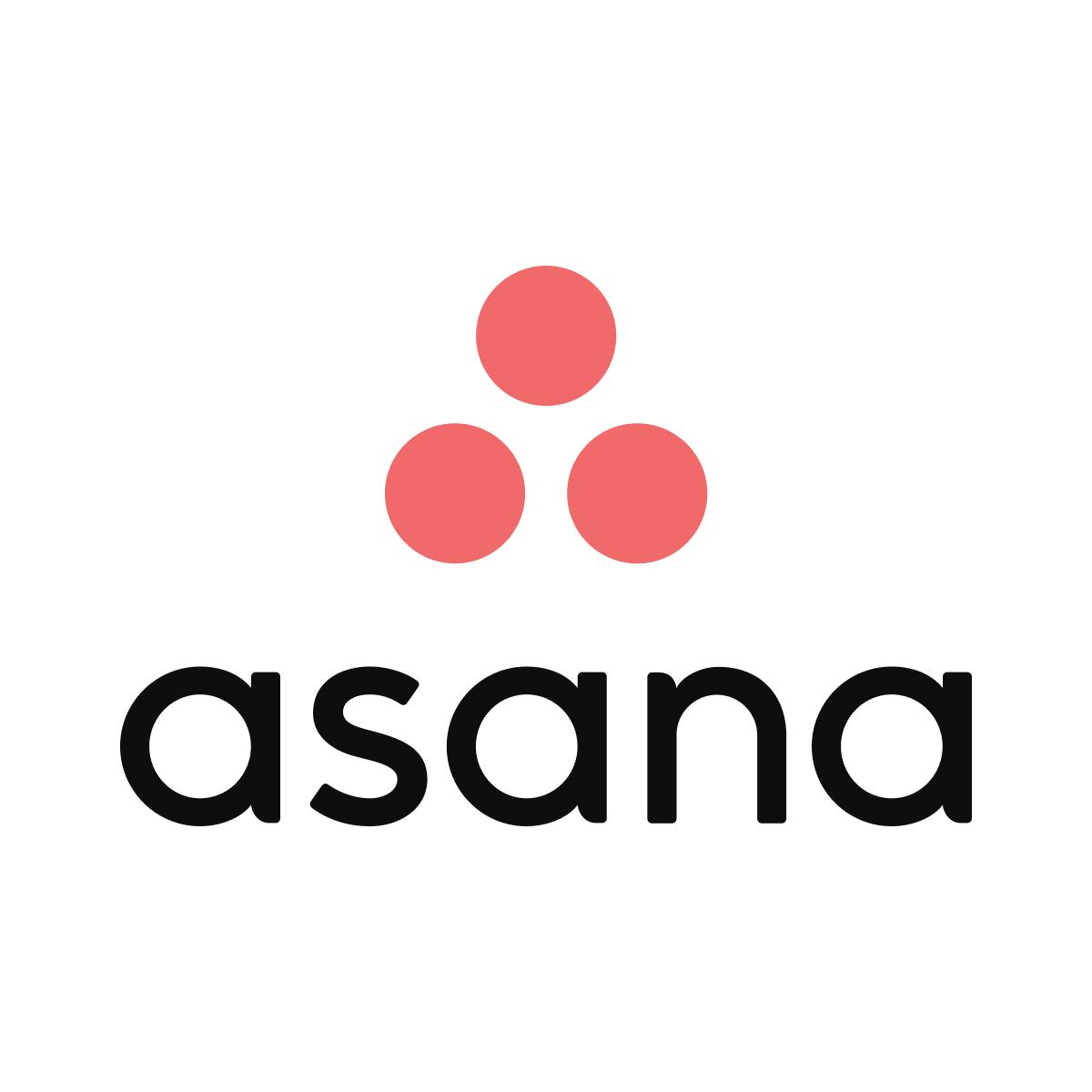Remote Team Meeting Software is a digital tool that enables teams in different locations to collaborate, communicate, and meet virtually. These software platforms provide a range of features such as video conferencing, screen sharing, instant messaging, and collaborative whiteboards to facilitate effective and seamless remote teamwork. They are designed to overcome the challenges of distance and time zones, fostering real-time interaction, collaboration, and productivity among team members, irrespective of their geographical location. Companies use this software to maintain direct contact with their employees, share updates, conduct training, brainstorm ideas, collaborate on projects, and make decisions collectively.
The Best Products
Remote Team Meeting Software: Our Recommendations
Pick #1: Our Software
ZipDo
ZipDo, a cutting-edge remote meeting software, utterly reinvents team interactions by radically changing how meeting notes are compiled, sorted, and disseminated. Its instantaneous note-taking, shared editing features, and duo with prevalent calendars and efficiency apps render it vital for groups of all magnitudes.
A premium characteristic of ZipDo is its real-time note-taking capacity, promising that everyone is aligned during conferences, thereby making the necessity for conventional note-swapping redundant. Following gatherings, participants can effortlessly enhance and extend notes to retain up-to-the-minute data.
In terms of note arrangement, ZipDo dominates. It permits straightforward filing into channels or drawers. Indexable notes amplify efficacy, allowing rapid retrieval of particular data sans the hassle of scrolling or manual lookups.
If it’s about sharing notes, ZipDo’s feature of detailed access governance assures the protected exchange of data with teammates, customers, or associates. Synchronization with calendars triggers the community-wide formation of notes for each meeting, getting rid of manual input.
Summing it up, ZipDo is an easy-to-use platform that presents an exhaustive set of benefits aimed at boosting team effectiveness, partnership, and task control. The real-time note recording, shared editing, sorting, ability to search, sharing, and partner apps make it priceless, simplifying meeting oversight and guaranteeing proficient development of projects.
Pick #2
Zoom

Zoom is a cloud-based video conferencing service that allows individuals and organizations to virtually meet with others, making it a paramount tool for remote teams. With features such as video and audio conferencing, real-time messaging, screen sharing, and digital whiteboarding, it offers an engaging platform that mimics face-to-face collaboration. Its high-quality video and audio, cross-platform messaging, and file sharing capabilities make it a comprehensive solution for remote teams looking to maintain effective communication and collaboration, notwithstanding their geographical locations.
Pick #3
Microsoft Teams

Microsoft Teams is a proprietary business communication platform developed by Microsoft. As a remote team meeting software, it offers powerful collaboration tools that facilitate seamless communication through chat, video meetings, and audio calls. It enables sharing files, scheduling meetings and integrates with a multitude of Microsoft Office 365 applications and third-party services. It’s a comprehensive tool where remote teams can come together to collaborate and communicate in real time, thus promoting efficiency and productivity irrespective of geographical limitations.
Pick #4
Slack
Slack is a cloud-based collaboration tool that allows remote teams to communicate and collaborate in real-time. This platform provides features such as direct messaging, group discussions, file sharing, and integrated third-party applications, all of which are organized within various channels designated for specific topics or teams. It also offers video conferencing and screen sharing capabilities, making it an effective solution for virtual meetings. Slack functions as an all-in-one digital workspace, aiming to streamline communication, increase productivity, and enhance team cooperation, regardless of geographical location.
Pick #5
GoToMeeting

GoToMeeting is a sophisticated remote team meeting software designed to streamline communication and collaboration in a virtual environment. It enables individuals and businesses to host or participate in online meetings, webinars, and training sessions with high-definition video conferencing and superior audio quality. With its robust features such as screen sharing, one-click meetings, recording options, and detailed analytics, GoToMeeting provides a comprehensive solution for remote teams to interact seamlessly and effectively, irrespective of their location. This software also supports integration with calendars and other applications, promoting efficiency and easy coordination.
Pick #6
Google Meet
Google Meet is a remote team meeting software developed by Google, designed to facilitate online communication and collaboration among team members. It provides a platform for video conferencing, webinars, live chats, and screen sharing, enabling teams to maintain productivity and real-time interaction, regardless of their geographical locations. With Google Meet, users can join meetings via desktops or mobile devices, schedule meetings, record their sessions for future reference and share documents, thereby making it a robust tool for remote team meetings, discussions, and presentations. It is also integrated with Google Workspace (formerly G Suite), providing seamless access to other Google apps like Gmail, Calendar, and Drive.
Pick #7
Cisco Webex

Cisco Webex is a powerful remote team meeting software that offers an inclusive collaboration suite, designed to empower teams to connect, communicate, and collaborate regardless of their geographical locations. The software provides features like cloud calling, video conferencing, team collaboration, and contact center capabilities, driving seamless workflow integration. Ideal for enterprises of all sizes, Webex ensures high-quality, secure, and real-time communication, making it an effective tool for remote work environments. It also integrates well with other business tools, enhancing operational ease and efficiency.
Pick #8
BlueJeans

BlueJeans is a remote team meeting software developed by Verizon, providing video conferencing and communication capabilities especially designed for businesses and professionals. It enables real-time collaboration, secure video meetings, screen sharing, group chats, and interoperability with other communication platforms. With features like smart meeting, BlueJeans enables users to effectively take notes and assign tasks within a meeting, transcribe meeting proceedings, and share highlights. The user-friendly interface, capability to integrate with commonly used business apps and robust security features make it a popular choice among organizations seeking seamless remote communication solutions.
Pick #9
ClickMeeting
ClickMeeting is a robust, web-based video conferencing software solution designed to facilitate remote team collaboration and online meetings. It offers a suite of features that aid in hosting webinars, conducting online training sessions, sales presentations, and one-on-one meetings seamlessly. With capabilities like real-time audio and video communication, screen sharing, whiteboard for brainstorming, polls for feedback, and integrated chat system, ClickMeeting allows teams to communicate and collaborate effectively, regardless of their geographical locations. It also provides recording options for future reference and analytics for performance evaluation, making it a comprehensive tool for remote team meetings.
Pick #10
Zoho Meeting

Zoho Meeting is a robust and efficient remote team meeting software designed to facilitate both web meetings and webinars. It supports features like screen sharing, recording meetings for future reference and access, whiteboard tools for interactive discussions, and in-meeting chat for efficient communication. It also facilitates scheduling and sending reminders for planned meetings. The cloud-based platform is recognized for its ease of use, secure data transmission, and high-quality audio/video features, making it an ideal choice for remote team collaborations and presentations without physical boundaries.
Pick #11
Asana

Asana is a highly efficient project management platform designed to streamline remote team collaboration and communication. It allows team members to track tasks and projects in real-time thus facilitating transparency, accountability and ensuring everyone is on the same page. Asana allows remote teams to create project plans, set deadlines, assign tasks, and share documents conveniently. Through its integration capabilities with other tools such as Google Drive, Slack, and Zoom, Asana enhances the efficiency of remote team meetings, allowing workers to join and contribute regardless of their location. As a result, the platform fosters a productive virtual work environment.
Remote Team Meeting Software: Key Features
Key features of a remote team meeting software include high-quality audio and video capabilities, ensuring participants can communicate clearly and effectively, regardless of their location. The software often includes screen sharing and virtual whiteboard functionalities, allowing for comprehensive presentations and collaborative sessions. User-friendly interface and easy accessibility from various devices are crucial, facilitating seamless participation for all team members. Additionally, scheduling features and calendar integration help in organizing meetings efficiently, ensuring timely participation and maximizing productivity.
Another fundamental feature is robust security measures, safeguarding sensitive information exchanged during meetings from unauthorized access. Real-time messaging and file sharing capabilities enhance communication, allowing for immediate feedback and the distribution of necessary documents without leaving the meeting environment. Customizable backgrounds and meeting recording options offer a personalized meeting experience and the ability to revisit discussions for clarity or note-taking. Lastly, interoperability with other tools and software used by the team enhances the overall workflow, making the remote team meeting software an integral part of daily operations.
Buying Criteria
Choosing the right remote team meeting software requires a thoughtful consideration of your team’s specific needs and work processes. Begin by evaluating the features that are essential for your meetings, such as video and audio quality, screen sharing capabilities, and the ease of use for participants. It’s equally important to consider the software’s compatibility with your team’s existing tools and platforms. Scalability is another critical factor; the chosen solution should not only meet your current demands but also grow with your team. Security features and compliance with industry standards should not be overlooked, as they protect sensitive information discussed during meetings.
Additionally, the effectiveness of your remote team meetings depends on the level of engagement and collaboration the software enables. Look for features that enhance interaction, such as virtual whiteboards, polling, and breakout rooms. The availability of technical support and training resources can also significantly impact the user experience, ensuring that team members can troubleshoot issues and utilize the software effectively. Ultimately, selecting the right remote team meeting software involves finding a balance between functionality, user experience, and cost, ensuring that your choice fosters productive and seamless communication within your team.
Benefits
Investing in a remote team meeting software makes eminent sense for companies that have embraced the remote or hybrid work model, where team members are dispersed across different locations. This technology becomes indispensable when the nature of work demands frequent collaboration, brainstorming sessions, and project updates that require real-time interaction. For businesses aiming to foster a strong sense of community and team cohesion despite geographical barriers, or those intending to streamline communication and project management processes, adopting a remote team meeting software ensures seamless operations, boosts productivity, and enhances team engagement.
Conversely, it may not make sense to invest in remote team meeting software for businesses that operate predominantly in-person with minimal remote interactions. For small teams that can easily communicate through direct communication or with existing, simple tools without the need for complex features like screen sharing or virtual whiteboards, the investment might not yield significant benefits. Furthermore, if a company is on a tight budget and can manage its current level of remote collaboration through basic, cost-free communication methods, allocating resources to expensive remote meeting platforms may not be the most economically prudent decision.
Popular Questions
What is a 'Remote Team Meeting Software'?How vital is security in a remote team meeting software?Do I need any special hardware to use remote team meeting software?What are some popular remote team meeting software options?Can you record meetings using remote team meeting software?
Remote team meeting software is a tool that provides individuals and teams the ability to meet and collaborate in real-time, regardless of their physical location. It may offer features like video conferencing, screen sharing, instant messaging, and file sharing.
Security is crucial in a remote team meeting software. It ensures that the data, conversations, and files shared within the team remain confidential and protected from unauthorized access or potential breaches. Features like end-to-end encryption, two-factor authentication, and user access controls play a crucial role in ensuring software’s security.
Mostly, specialized hardware is not necessary. Most remote meeting software can work on regular desktop and laptop computers, tablets, and smartphones. However, to enhance the experience, you might want a device with a good camera and microphone, and a stable internet connection.
Some of the popular options for remote team meeting software include Zoom, Microsoft Teams, Google Meet, Cisco Webex, and Slack. Each of these platforms has its unique features, and the choice depends on the specific needs and preferences of your team.
Yes, most remote team meeting software allows you to record meetings. The recorded sessions can be saved and shared for future reference, allowing team members who couldn’t attend the live meeting to catch up later. It is always recommended to inform all participants before recording for privacy reasons.


